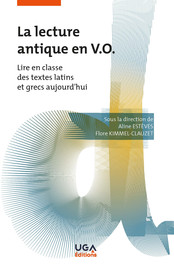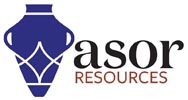Recht, Laerke
Tsouparopoulou, Christina
Animals have always been an integral part of human existence. In the
ancient Near East, this is evident in the record of excavated
assemblages of faunal remains, iconography and – for the later
historical periods – texts. Animals have predominantly been examined as
part of consumption and economy, and while these are important aspects
of society in the ancient Near East, the relationships between humans
and animals were extremely varied and complex. Domesticated animals had
great impact on social, political and economic structures – for example
cattle in agriculture and diet, or donkeys and horses in transport,
trade and war. Fantastic mythological beasts such as lion-headed eagles
or Anzu-birds in Mesopotamia or Egyptian deities such as the
falcon-headed god Horus were part of religious beliefs and myths, while
exotic creatures such as lions were part of elite symbolling from the
fourth millennium bc onward. In some cases, animals also intruded on
human lives in unwanted ways by scavenging or entering the household;
this especially applies to small or wild animals. But animals were also
attributed agency with the ability to solve problems; the distinction
between humans and other animals often blurs in ritual, personal and
place names, fables and royal ideology. They were helpers, pets and
companions in life and death, peace and war. An association with cult
and mortuary practices involves sacrifice and feasting, while some
animals held special symbolic significance. This volume is a tribute to
the animals of the ancient Near East (including Mesopotamia, Anatolia,
the Levant and Egypt), from the fourth through first millennia bc, and
their complex relationship with the environment and other human and
nonhuman animals. Offering faunal, textual and iconographic studies, the
contributions present a fascinating array of the many ways in which
animals influence human life and death, and explore new perspectives in
the exciting field of human-animal studies as applied to this part of
the world.
iew / Open Files
Authors
Recht, Laerke
Tsouparopoulou, Christina
Publication Date
2021-09-29
Publisher
McDonald Institute for Archaeological Research






